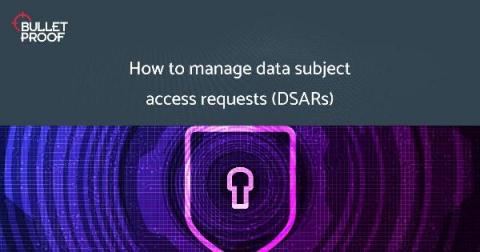The Ultimate Guide to Security Awareness Training
The definition of security awareness is likely broader and deeper than your organization may realize. Security awareness aims to address one of the trickiest weak points in your organization: its people. Security awareness is intended to change behavior and reinforce good security practices among your employees and other third parties. In short, it should be a cultural change.









